Here’s How Africa’s 5,000-Mile Great Green Wall Is Combating Climate Change
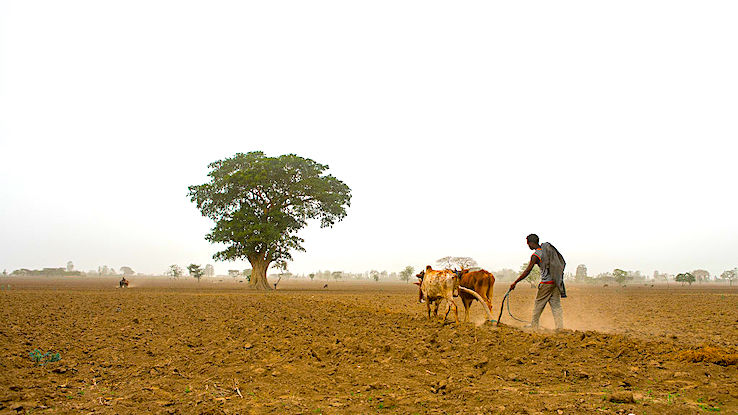
Over the course of the past century, Africa’s Sahara Desert has expanded by more than 10%. It’s normal for the world’s largest desert’s — it’s about the size of the United States — boundaries to shift somewhat due to seasonal changes, particularly during winter when the region dries out even further. But this long-term expansion that’s crept farther and farther southward into sensitive ecosystems and communities represents something much bigger: the striking impact of climate change and the way it’s disrupting everything from food supplies to overall quality of life.
To help mitigate the desert’s encroaching damage, the African Union decided to intervene with an ambitious project: the Great Green Wall. This effort at fighting desertification has harnessed various tools of reforestation to create one of the most ambitious regreening projects in history and limit the influence of climate change across an entire continent. Here’s how the Great Green Wall is creating positive changes by preserving land across African communities.
What Is Desertification, and What Is Its Role in Climate Change?
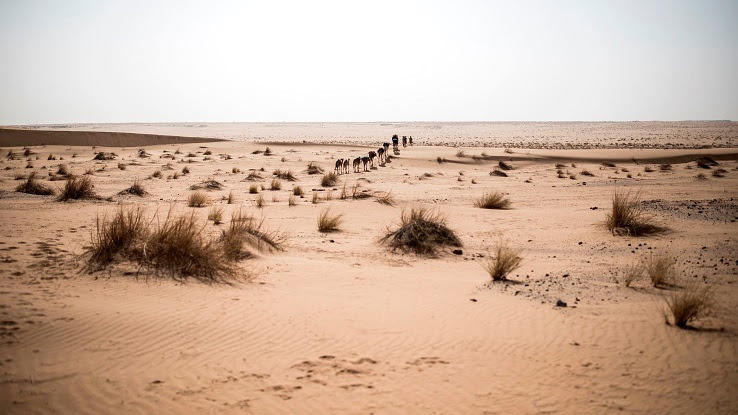
To understand the Great Green Wall, it’s important to understand what the wall itself is meant to prevent: a process called desertification. This form of climate change consists of formerly fertile land gradually taking on the conditions of surrounding desert ecosystems, eventually becoming dry and degraded.
Desertification can happen due to a variety of factors, including human intervention, agricultural stressors, a lack of water and deforestation. According to NASA Earth Observatory, this change to a landscape is largely irreversible, meaning an area of land can never return to it’s previous full agricultural productivity once it has desertified. These effects can be devastating not only to the plants and animals in local ecosystems but also for human communities that rely on the land to grow food and sustain life.
While the impacts of desertification are irreversible, the process is, in many cases, preventable. Farming communities in Africa that have observed this phenomenon have begun working to slow or stop desertification and keep it from destroying their land — and so have governments across the continent on both large and small scales. The Great Green Wall is the largest of these channeled efforts — and this reforestation project has been in the works for years.
Formation of the Great Green Wall
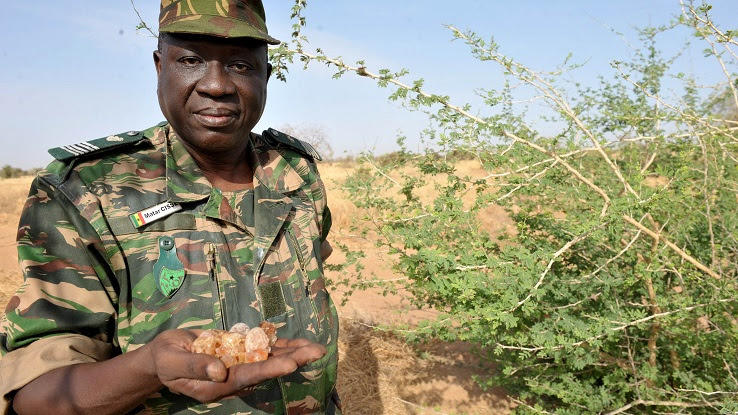
Throughout history, the fertile land bordering the Sahara was used to grow produce that surrounding communities depended on. Unfortunately, the over-farming of the land, coupled with frequent bushfires, gradually depleted nutrients from the soil and caused these areas to undergo desertification. This process, in turn, has led to food insecurity with lasting impacts; the United Nations Food and Agriculture Organization estimates that, by 2030, Africa will lose two-thirds of its arable land due to desertification.
In 2007, farmers in the Sahel region — the transitional land between the Sahara and the savanna grasslands of southern Africa — contending with the expanding desert were beginning to realize something: If they didn’t take action to prevent desertification, they were going to lose even more of the fertile land they relied on to feed their communities. From this crisis, an idea was born — what if they could use reforestation to fight desertification? And the Great Green Wall was the solution that arose from it.
The Great Green Wall was initially spearheaded by the African Union. The driving concept behind it was to restore 100 million acres of land that were at risk of desertification while also fending off the growing possibility of all land in the surrounding communities becoming non-arable. To accomplish this, the Union developed a plan to create a 10-mile wide, 4,000-mile-long “wall” of vegetation by planting drought-resistant trees, grasses and other plant life. This wall would work to stop encroaching desertification in 11 countries, including Burkina Faso, Chad, Djibouti, Eritrea, Ethiopia, Mali, Mauritania, Niger, Nigeria, Senegal and Sudan.
Early instability in participation and funding caused the initial work to move slowly. However, the World Bank, the United Nations and the European Union have since contributed over $14 billion to the cause, and the project is now set for a hopeful completion by 2030. Still, only about 16% of the goal of planting 150 million hectares of land has been reached thus far. But with these major efforts underway, it’s important to look at how well they’ve made a difference — and continue to do so.
How Is the Wall Transforming African Nations?
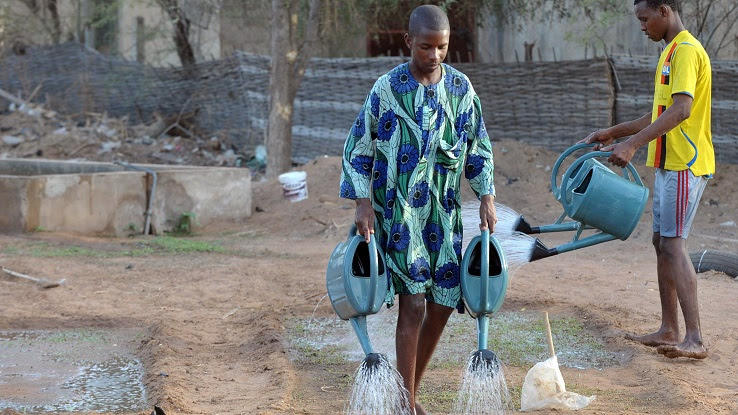
With such a large undertaking under their belt, the involvement of all communities in wall-intended zones has been a crucial part of this project’s completion. This is especially true when taking stock of what’s involved in growing and maintaining the plants that make up the wall. The plants require consistent attention to ensure they’re getting enough water, animals aren’t consuming them and weather events aren’t damaging or even removing them — and all this attention has further upsides in addition to the desertification prevention. Not only has the Great Green Wall worked to involve communities in saving their land, but it has also provided jobs to over 335,000 people (and counting) and stimulated local economies with upward of $90 million.
Countries across Africa have largely come together to contribute to this massive effort against climate change. Communities have not only planted trees but have also used utilized processes like dune construction, which blocks sand to promote natural reforestation; agroforestry, which involves planting in pastureland; and installation of irrigation systems to facilitate plant survival. Ethiopia has been a leader in its contributions to the Great Green Wall, having planted seedlings that have restored hundreds of thousands of acres of land. While there’s a long way to go in completing the wall’s — at least to its goal length and width — citizen contributions have already led to positive impacts in the communities that live on the land. The Great Green Wall has led to a boost in local economies, contributed to political stability, kept children in school rather than farming and will likely help preserve African farming traditions for years to come, keeping locals from migrating.
Additionally, countries and organizations across the world have gotten involved in this land-preservation effort. Volunteers from other countries in Africa, as well as countries like Hong Kong and France, have flown into smaller communities to contribute to the expansion of the Great Green Wall. In 2021, the International Olympic committee even founded an effort to create an “Olympic National Forest” in western Africa, a similar reforestation project that’s set to link up with the Great Green Wall upon its completion.
How Has the Great Green Wall Been successful?
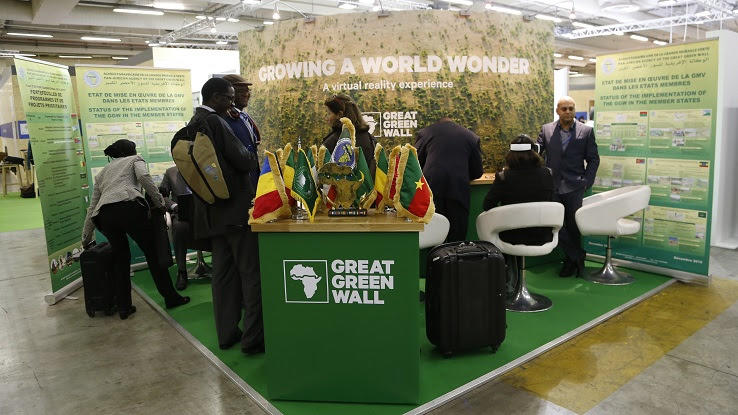
We won’t know the extent of the Great Green Wall’s success until the wall is “completed,” but scientists and communities alike have already begun to witness positive changes to local land quality. While the Great Green Wall hasn’t fully prevented the expansion of deforestation just yet, the regreening of the area has had a positive impact on not only the local ecosystems but also the attitudes of farmers in the regions that the Sahara is creeping into.
With more respect for the maintenance of trees and grassland and a greater understanding of how to prevent the desertification, the Great Green Wall is a community reforestation effort unlike anything seen before. Community intervention has been transformative for the land. Altogether, countries have planted billions of plants, seeds and trees, contributing to a greener, more fertile landscape. Its initial progress may have been a bit more slow-moving than anticipated, but African communities have laid the groundwork to create a positive, lasting solution to desertification within the next decade.





